Cleveland Fed President Loretta Mester said, she supports 50bps rate hikes at the next couple FOMC meetings. She also expects interest rate to go above 2.5% to bring inflation down.
“We need to get monetary policy in a more neutral and then we have to evaluate how much is needed to move that inflation needle down. It’s going to be challenging… because there’s things going down on the supply and demand sides,” she said.
“It may very well be that the unemployment rate will have to move up a little bit, we may get another quarter of negative or slow growth, but that’s going to have to happen if we want to get inflation down,” she told Yahoo Finance. “I don’t think what are planning to do with monetary policy, at least in my base case, is going to push the economy into a downturn that’s sort of a sustained downturn.”




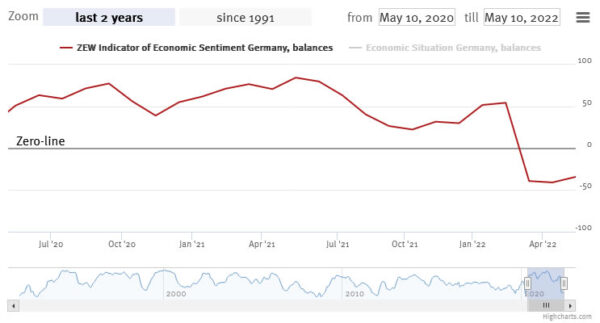
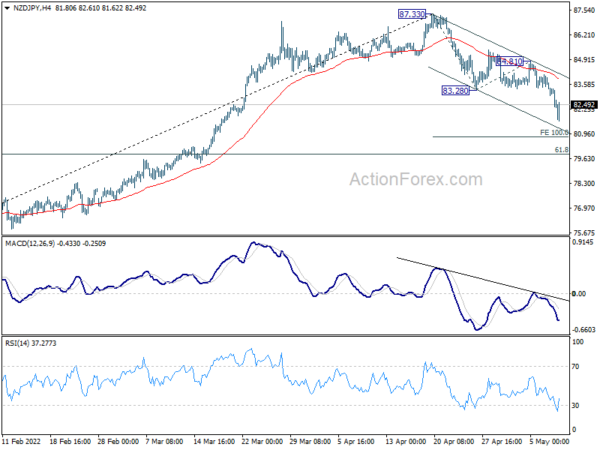
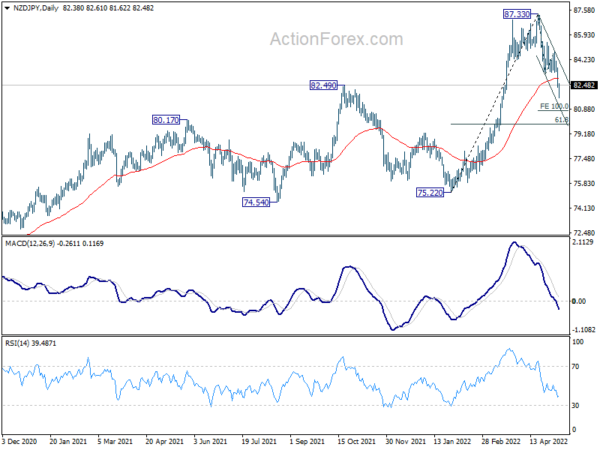
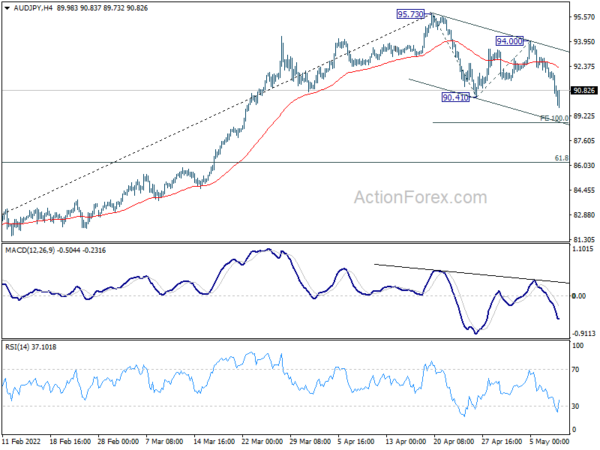
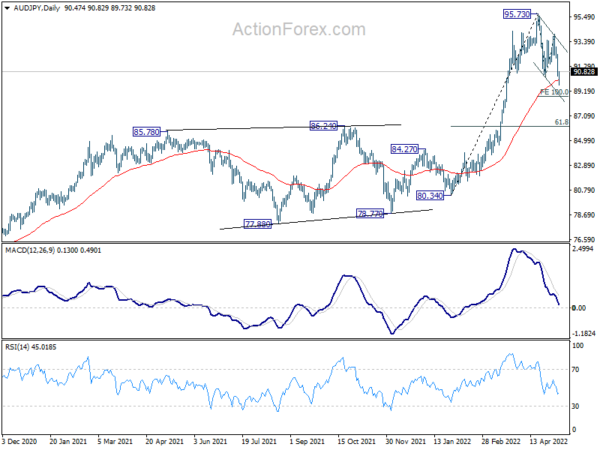
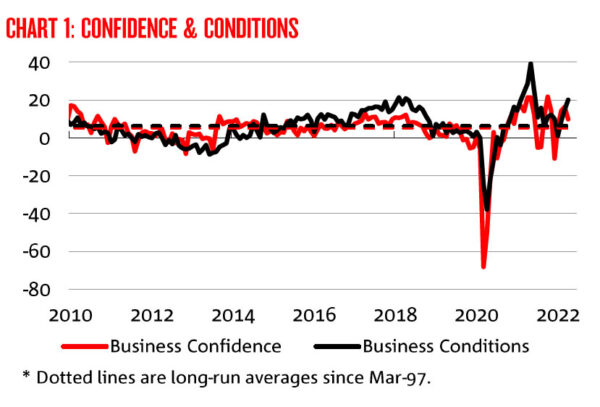
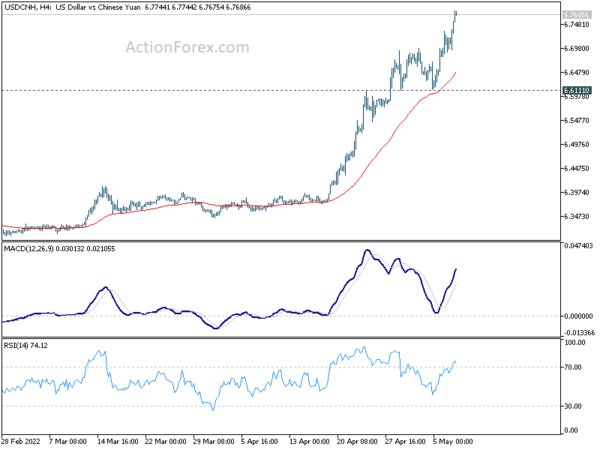
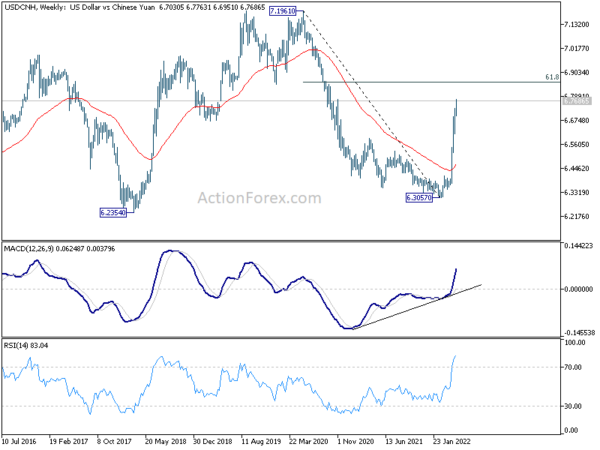
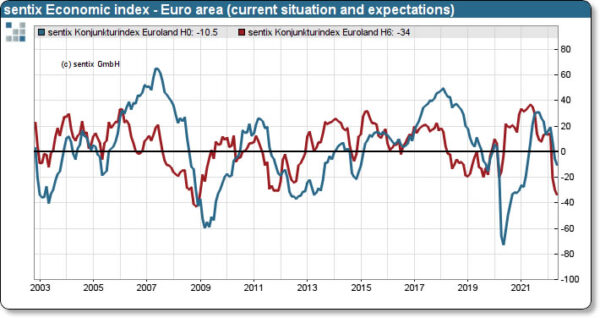
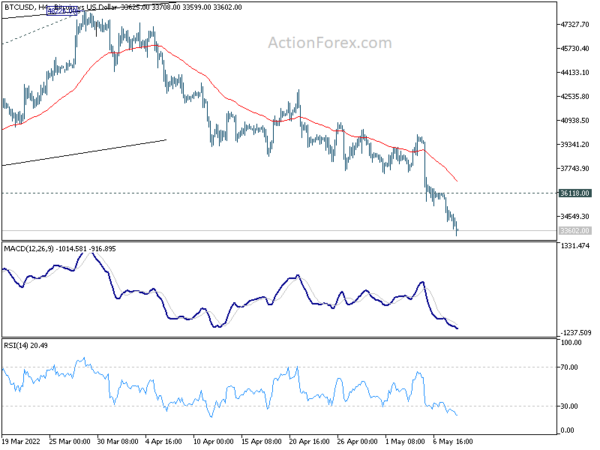
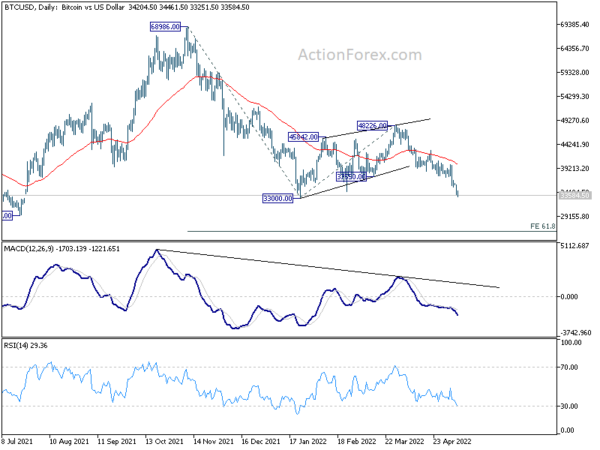
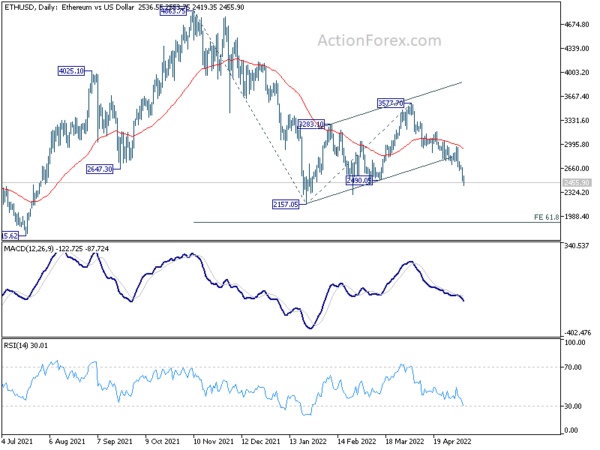
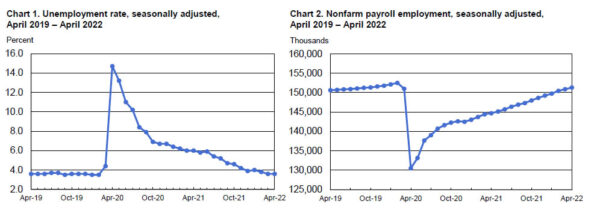
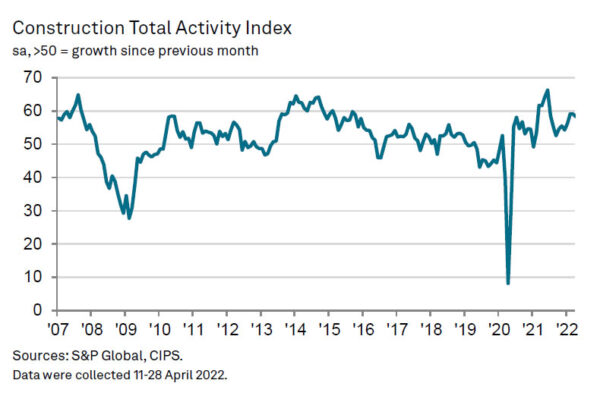

ECB Nagel: Delaying monetary policy turnaround is a risky strategy
ECB Governing Council member Joachim Nagel said today, “as inflation in the euro area continues to run high, we need to act.” He expects the asset purchases to end in June and “will advocate a first step normalizing ECB interest rates in July.”
Nagel warned that risk of acting too late on inflation is “increasing notably”. “Delaying a monetary-policy turnaround is a risky strategy,” he said. “The more inflationary pressures spread, the greater the need for a very strong and abrupt interest rate hike.”